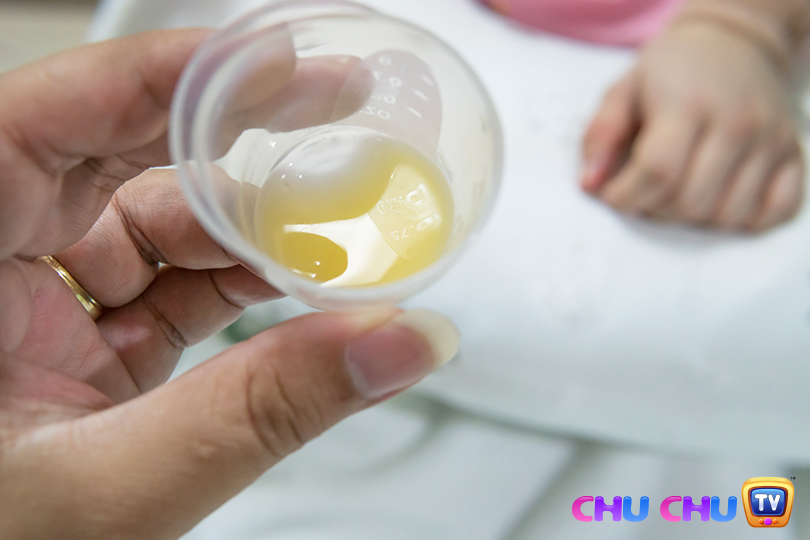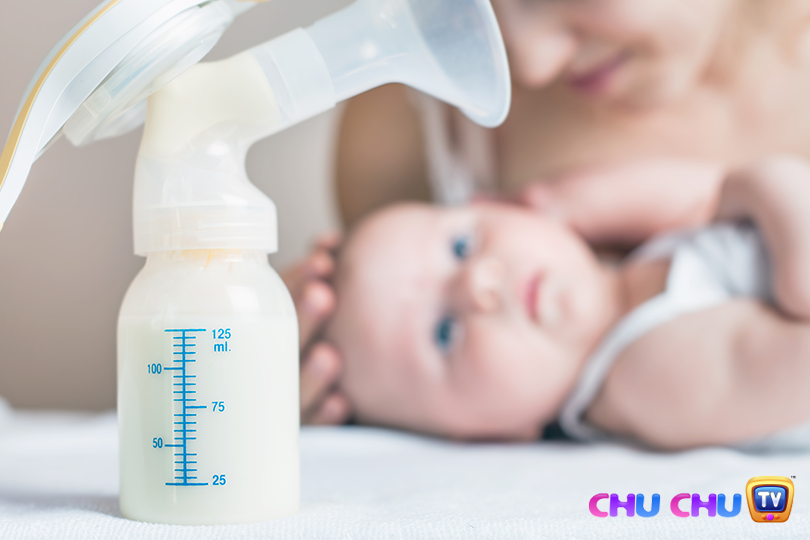Mothers have been breastfeeding their newborns for a time in eternity. It is a great wonder that there are so many breastfeeding myths and facts regarding this basic human act. A new mother needs to quickly understand the basics of breastfeeding, and most of the time she does so quite easily. The problem lies when the new mother is flooded with suggestions and information by friends, relatives, and other sources. And most of the time, this information is contradictory in nature. What one claims is the right way to go about breastfeeding, the other dumps as a wrong way! As a result, the mind of a new mother swings like a pendulum between the rights and wrongs.
Many mothers have been known to shun breastfeeding just out of frustration and fear of such advice. But, did you know many of these advises stem from wrong information. Breastfeeding practice in mothers is going down, and the presence of a long list of myths is to be blamed for this. So, we thought of busting 10 breastfeeding myths and help you take the best care of your newborn.
Myth #1: Your baby will remain hungry because you do not have enough milk
Early in motherhood, mothers are known to produce only a low quantity of breast milk. But what you produce would be more than sufficient to meet the diet of your baby. Any average baby only needs 5-10 millilitres of milk per feed, and normally you will have that. In fact, in the early days, you will secrete only Colostrum. Colostrum, a protein-rich milk, carries various health benefits for the infant. Many new mothers believe that their baby is sucking because it is hungry. You are wrong; the baby is sucking to stay comfortable.
Myth #2: Colostrum is dirty and should not be fed to your baby
This is a completely wrong idea that has somehow passed from one generation of mothers to the next. Most moms have an expectation that they would start producing white milk as soon as the baby is born. But they get a reality check upon seeing the yellowish Colostrum secretions from their breasts. There is nothing dirty about Colostrum. It, in fact, contains the right blend of protein, antibodies that protect your baby from infections. The Colostrum also acts as a laxative helping the baby pass this first stool. So, Colostrum contains a perfect mixture of everything that your baby needs for the first few days after birth. (NOTE: It will take around 5 days before a mother starts producing the normal milk.)
Myth #3: Breastfeeding keeps pregnancy away
Studies have found that breastfeeding cannot be seen as a ‘reliable form of contraception’. Though, breastfeeding is known to control ovulation in some women that does not guarantee you against pregnancy. Oral contraception is the safest option in this regard for the breastfeeding mothers. But, you should consult your doctor for the best contraception choices for your situation.
Myth #4: Mothers with a prior breast surgery are not able to breastfeed
Today, there are various types of breast surgeries available and they are done using advanced tools. So a prior breast surgery does not impede your breastfeeding. If the surgeon has not harmed the connecting veins between your milk ducts and the nipple, during the surgery, then you will be able to breastfeed the baby like any other normal mother.
Myth #5: Breastfeeding is a painful experience
This is a widespread misconception among the mothers. Though the nipples of a new mother remain tender for the first few days, breastfeeding becomes a better experience with the passage of time. If your nipples are hurting during the feeding sessions then it may be largely due to wrong latching by the baby. Another reason could be: your baby is affected by tongue-tie, where the baby cannot bring the tongue forward to reach the areola and hold it inside the mouth. If your nipples are cracked or bleeding then it is a good indication that the baby is having a problem with latching, in such instances, expert consultation from the doctor should be sought.
Myth #6: Quantity of Breast Milk can be measured with a Breast Pump
This is of course not the proper method of measuring the quantity of breast milk. The breast pumps are designed imitating the sucking action of the babies, and not the other way round! So, your baby will, of course, be able to get more milk than the pump can draw out from your breasts. The baby’s sucking action is very effective in drawing out milk. So, the best way to judge whether the baby is getting enough milk or not would be to weigh the baby and list the weight gains over a period of time. You can also check whether the baby looks content after a feeding session or not.
Myth #7: Your baby should be put on a feeding schedule
While you may have the desire to schedule the feeding times of your baby, as per your convenience, it does not work that way. It is best to feed the baby on demand and do so at small intervals. Your breast milk is so easy to digest that it does not keep the baby full for long. So, initially, you might feel that the baby feeds all the time. Though it might be very exhausting for the new mothers, yet you should allow the baby to feed whenever needed and not form a tight routine. The baby will automatically form a routine after 4-6 week mark.
Myth #8: Breastfeeding and Bottles cannot work together
In medical terms, this is referred as the ‘nipple confusion’. But the concept told above is completely wrong. The problem with such a practice is that the baby would quickly take a liking for the bottle, as it needs less effort than breastfeeding. Babies need to invest a lot of energy during the sucking action, and the bottle gives them a relief from that. This is why you should wait until the breastfeeding time has been served to expose the baby to bottles. There are also other ways in which both these practices can co-exist. You simply need to use peristaltic teat on the bottles. This will make your baby use the same sucking motion in both variations. (NOTE: If you start the bottle feeding early, then there can be a sharp decline in the breast milk production levels).
Myth #9: Bigger, the better
There is no relation between the size of the breasts and the milk producing capacity of a woman. There are some mothers who would naturally produce more milk than others, even when their breast size is small. To produce adequate quantities of milk you need to stay on a healthy diet, drink at least 2 liters of water every day and stay on multi-vitamins. This will boost your milk supply.
Myth #10: Mothers should not feed their baby when they have infection
The impact your breastfeeding could have on the newborn largely depends on the type of infection you have and what treatment has been prescribed. But you should not automatically stop feeding when you have an infection. There are many types of antibiotics that are deemed safe for breastfeeding mothers. But you should consult the doctor for better suggestions, as and when such a situation arises.
Your baby deserves your breast milk, and the misconceptions stated above should not keep you away from giving your baby this treat.










Leave a Comment